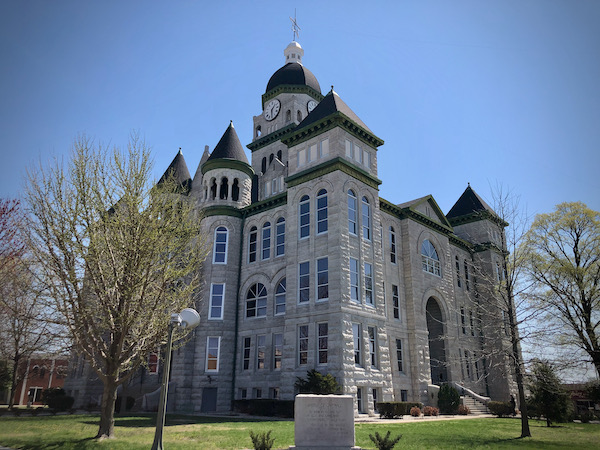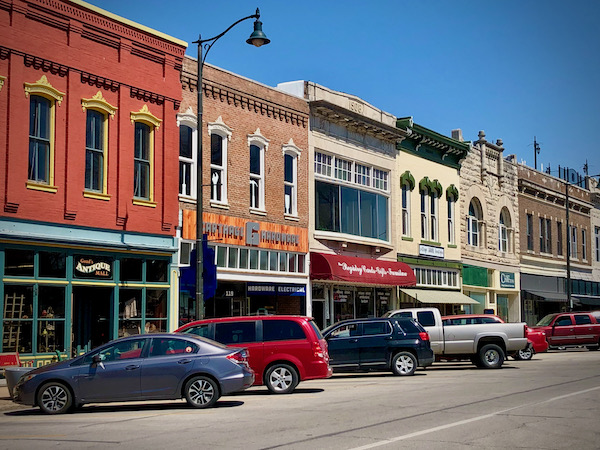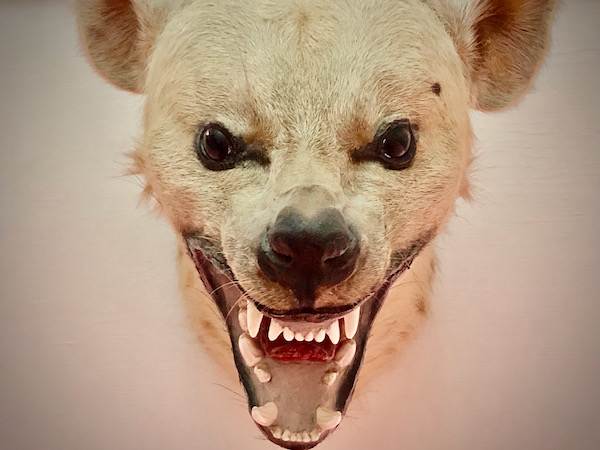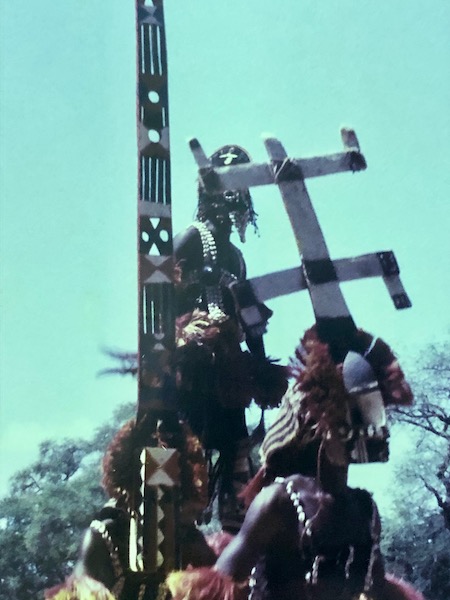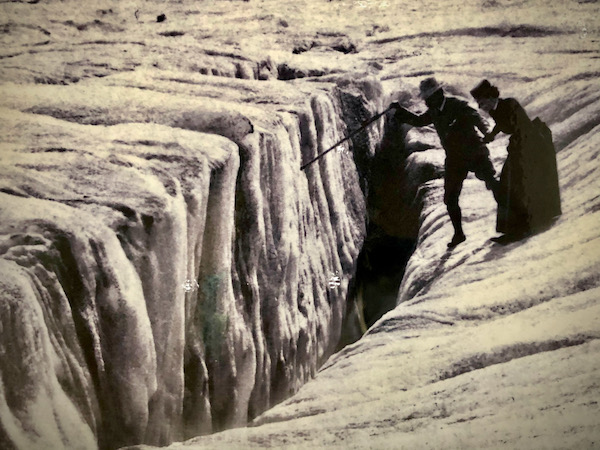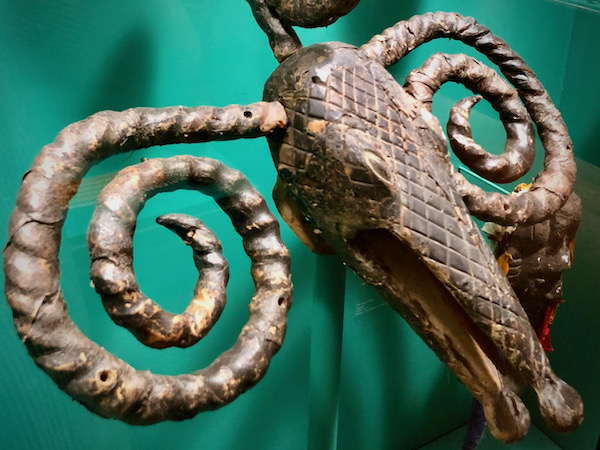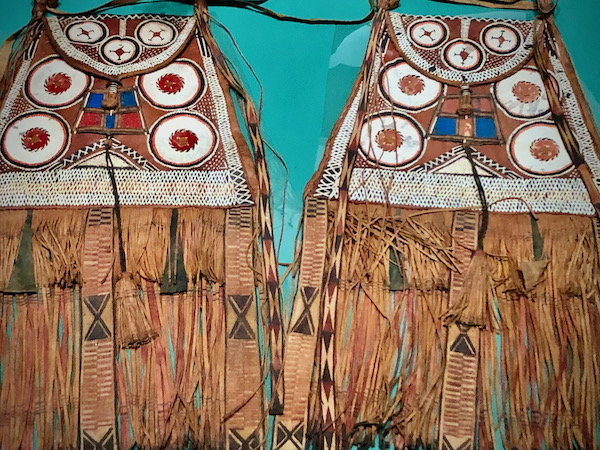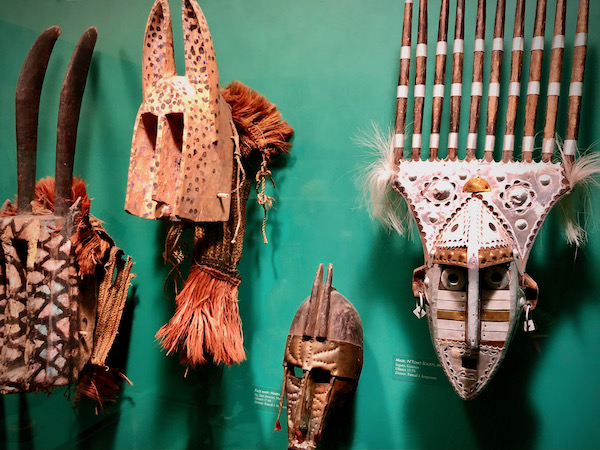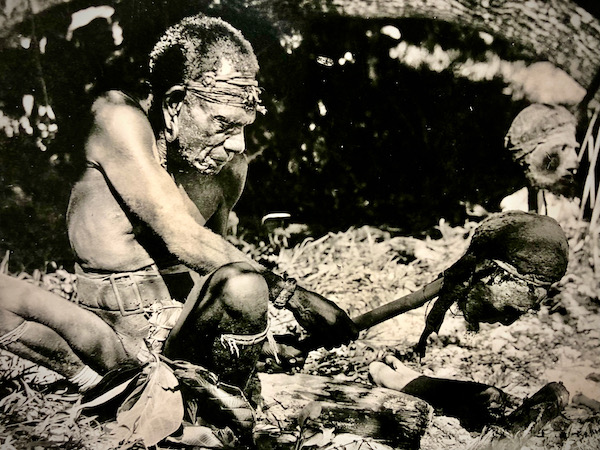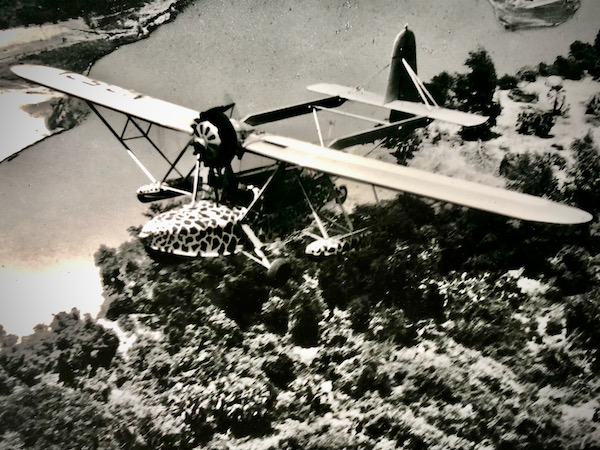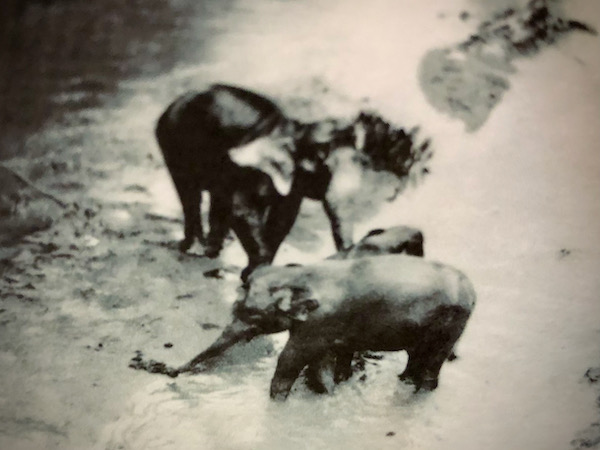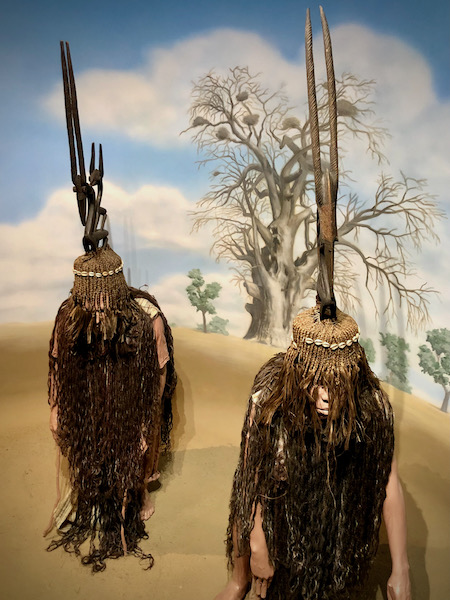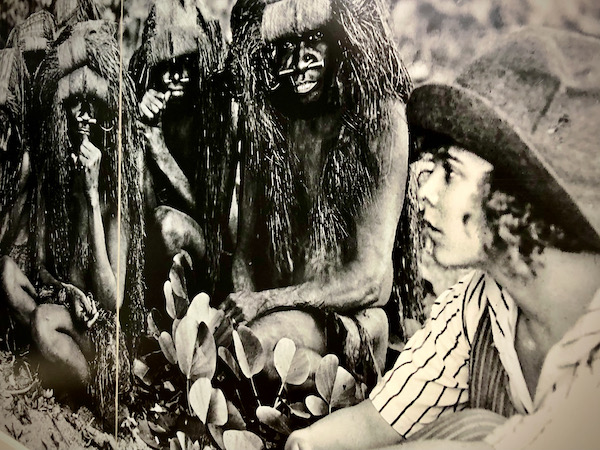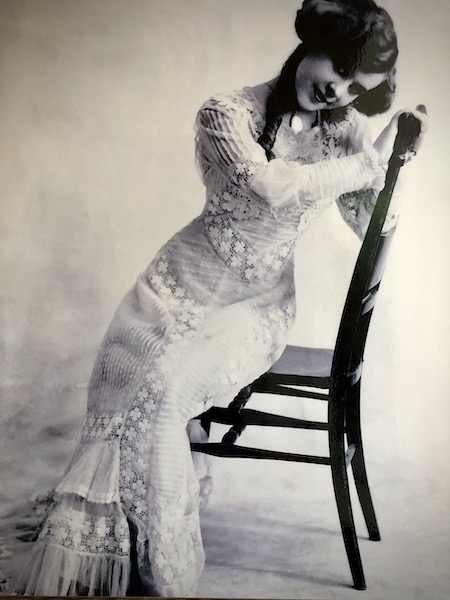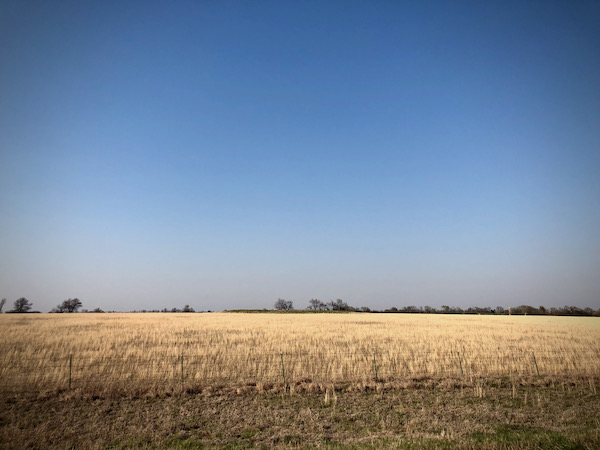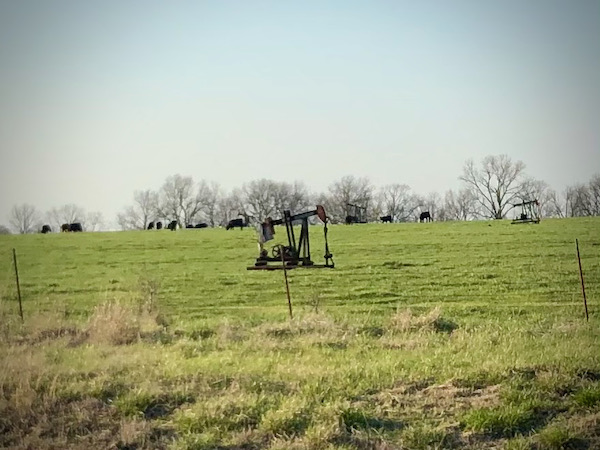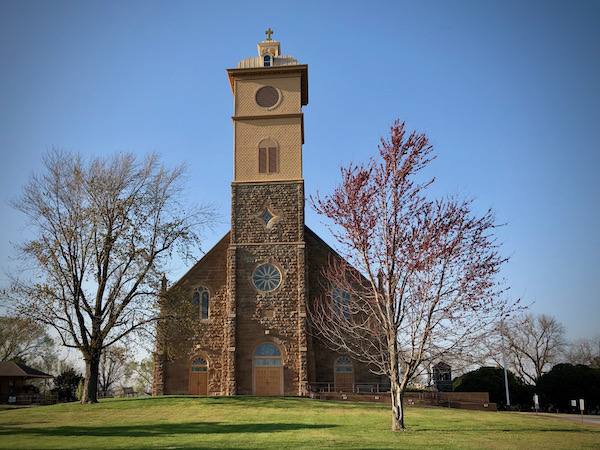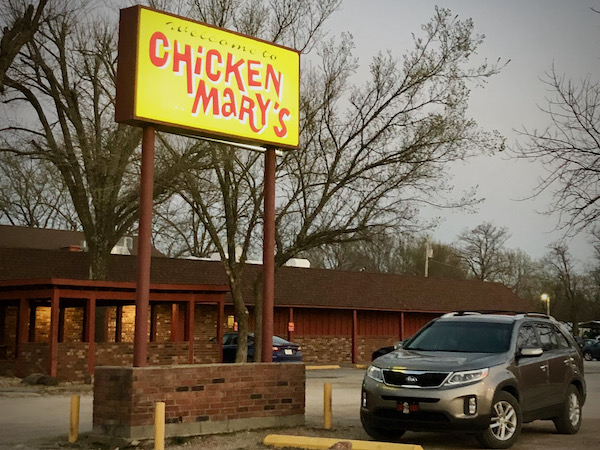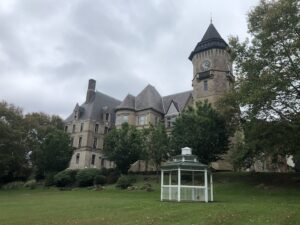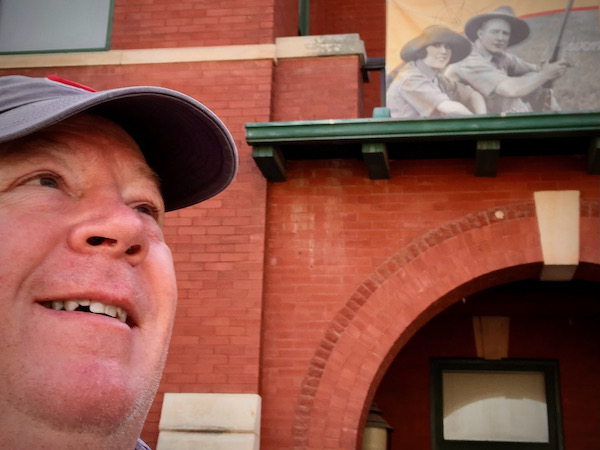
In 2020, on my way home from Arizona, I passed through Chanute, Kansas, for one reason and one reason only: to visit Osa and Martin Johnson’s Safari Museum. In not-so-typical fashion – I’m usually a pretty good travel planner – it was a Monday, and the museum was closed. Doh!
Now it’s 2021. I’m driving to Arizona again and I am determined to go through Chanute and get to that museum. This go around, it’s a Saturday, and my 338-mile drive from Eureka, Missouri, should drop me in Chanute by 2 pm – more than enough time to check out the museum, which is open from 10 to 5 pm.
Just a little more than 200 miles west on I-44 from Eureka, I exit onto Missouri state highway Route 96 to Avilla, Missouri (pop. 46). A portion of this road is the famed Route 66, a portent that things are about to get weird.
I turn on the radio and it’s Alex Jones and his alt-right InfoWars. Are you kidding me? He’s still on the air? I guess in this corner of southwestern Missouri he is. In 2012, Jones said the shooting at Sandy Hook Elementary was an elaborate hoax. Today, the ads for multivitamins are the only breaks between his breathless rants on pedophelia, Hunter Biden’s laptop, Russian conspiracies and the Chinese Communist Party virus.
If my multiple cross country drives prove one thing, it’s that conservative talk dominates AM radio. The libs may own mainstream TV and most of what’s left in print, but the right rules radio.
I turn off the noise. I need to re-center. I drive through Carthage, Missouri, which is where on July 5, 1861, the first major battle of the Civil War takes place. Jasper County has an amazing courthouse, which draws me to the center of town, where there’s a small memorial.
I continue west on Route 96, through Oronogo, Missouri, (pop. 2,667), until it meets Route 171, where I head north. It looks like they are getting ready for a Saturday night of racing at the Mo-Kan Dragway in Asbury, Missouri. I see souped up cars on trailers and pass what appears to be the General Lee from TV’s Dukes of Hazard, a 1969 Dodge Charger.
I’m now listening to two identical broadcasts of the Kansas City Royals versus Texas Rangers baseball game. There’s about a five second delay between the two AM stations, so if Cincinnati’s (Madeira High School) Andrew Benintendi (now a Royal) gets a hit, I can quickly switch to catch the replay.
At Opolis (formerly Stateline), Kansas, I turn left onto Route 400. I see children scrambling for colored Easter eggs in a front yard – isn’t Easter on Sunday? At Parsons (pop. 9,477), Kansas, it’s a right onto Route 59 north, and then (finally), west onto Route 39 to Chanute.
It’s just a little before 3 pm as I arrive at the Safari Museum, and I gleefully hand over $6 to a masked Conrad Froehlich, who has been the director here since 1989. He shrugs off my question about the impact of “cancel culture” on the museum with a curt, “It was a different time.”
Indeed, it was a different time. The Johnson’s rose to fame as they introduced an American audience to headhunters in the South Pacific and the pygmy peoples of Africa through their moving pictures. The duo were sort of a precursor to today’s generation of travel “influencers,” often mentioning sponsors in their interviews and even dressing up the local tribespeople to achieve their product placements.
It’s an amazing story that starts just after Osa’s 16th birthday in May 1910, when the Chanute resident marries Martin Johnson – almost 10 years her senior – of Lawrence, Kansas. They had met at one of Johnson’s travelogues, as he had only recently returned from two years on the high seas with novelist Jack London on his boat, the Snark.
For the next 27 years, the couple travel the globe, sharing their adventures from unknown lands via documentary and feature films, photographs and writing. From 1917 to 1920, they explored the South Pacific, from Vanuatu (then called New Hebrides) to the Solomon Islands to Borneo. Vanuatu is where they meet the headhunters.
Told that their audience had grown weary of watching “savages,” the couple pivot to filming wildlife. Their images of three elephants bathing in a river are an instant hit, so from 1921 through 1931, Osa and Martin embark on four safaris through the (formerly) Belgian Congo, Kenya and the Nile. In 1932, they learn to fly their own planes. They make a movie, Congorilla, which is billed as the first talkie authentically shot in Africa.
In 1933 and 1934, the pair travel the length of Africa, becoming the first pilots to fly over Mount Kilimanjaro. Their 1935 film, Baboona, is the first movie shown on a commercial flight. That’s the year they also become the first couple featured on a Wheaties cereal box.
Tragically, Martin dies in a 1937 plane crash in California. Osa is seriously injured, but recovers. She goes on to write the best-selling book of 1940, “I Married Adventure” and later produces 26 half-hour episodes of a TV show, The Big Game Hunt (1952), using much of their own footage.
Osa dies of a heart attack in 1953. So while both their lives were short, boy did they live! Museum Director Froehlich says from time to time there is still commercial interest in the couple. American Eagle had a Martin + Osa clothing line from 2006-2010, for example. The museum holds the rights to their story and continues to sell options.
The robust collection of artifacts and images from the Johnson’s South Pacific and Africa adventures make this museum a hidden treasure and well worth the visit – just don’t go on a Monday.
I leave for dinner at Chicken Annie’s, a family favorite since 1934, just outside of Pittsburg, Kansas. Inexplicably, a place called Chicken Mary’s is right next door. You can read all about Annie and Mary in “Fried-Chicken War” (The New Yorker, 8 March 1982).
After, I head to the Brick + Mortar Social House in downtown Pittsburg to watch UCLA vs Gonzaga in the NCAA basketball tournament’s Final Four. It’s a thriller, which reminds me of Osa and Martin Johnson and their life of adventure.


